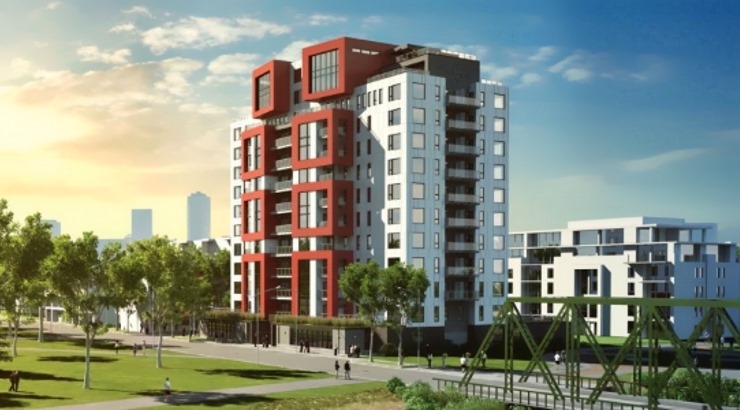Green Building
What is Green Building?
Green building as defined by the Green Building Council.

According to the World Green Building Council, green building is the design, construction, and operation of buildings with minimum to zero negative effects on the environment.
The Green Building Council encourages green building advisors to push for structures with low ecological impact during their lifespan: from construction, operation, and demolition.
Although green building techniques vary from one country to the other, their core values remain the same and include optimization of a building for energy, water and materials efficiency.
This is meant to reduce the negative effects buildings have on the environment, such as the emission of greenhouse gases that cause global warming as well as the depletion of natural resources through irresponsible harvesting of construction materials.
Why Green Building is Important
One of the major benefits of green building is that it promotes the usage of recycled materials – which helps in lowering the carbon footprint of building materials production.
This is important considering that from 1995 to 2015, greenhouse gas emissions from material production increased by 120%, with 11 million tons of carbon dioxide equivalent emitted in 2015.
Green building also promotes energy efficiency as well as a complete shift from fossil fuel-based power to renewable.
According to the World Green Building Council, energy efficiency measures could cause a 48% reduction in greenhouse emissions by 2030, with 43% of those coming from buildings.
Construction of efficient buildings is particularly important for highly populous countries such as India, where 31% of the 1.2 billion+ residents live in urban areas.
RELATED: What is Sustainable Building?
Official data shows that commercial energy consumption in India has grown 700% in the last 40 years and the figures are growing.
Indeed, energy consumption in the country will hit 4 trillion units by 2030.
At the same time, top Indian cities are experiencing a shortage of about 225 million litres of water daily, and a shocking 21 cities are projected to run out of water by 2030.
Green Building Index
The green building index is a rating tool for buildings. It is used to promote sustainability in the construction industry and raise green building awareness among industry stakeholders.
Granted, we do not have to explain why green building index is important since the ultimate goal of green building certification is to encourage the uptake of green building materials and sustainable construction practices.
There are more than 100 rating tools in the world with LEED (USA), BREEAM (UK), and DGNB (Germany) being the most popular green building index in the market.
As of November 2019, more than 100,000 commercial projects worldwide were registered and certified in LEED, with nearly 2 million square feet of construction space certifying every day.
According to the U.S. Green Building Council, LEED-certified buildings consume 25% less electricity, 11% less water, and emit 34% less carbon dioxide compared to other buildings.














